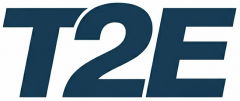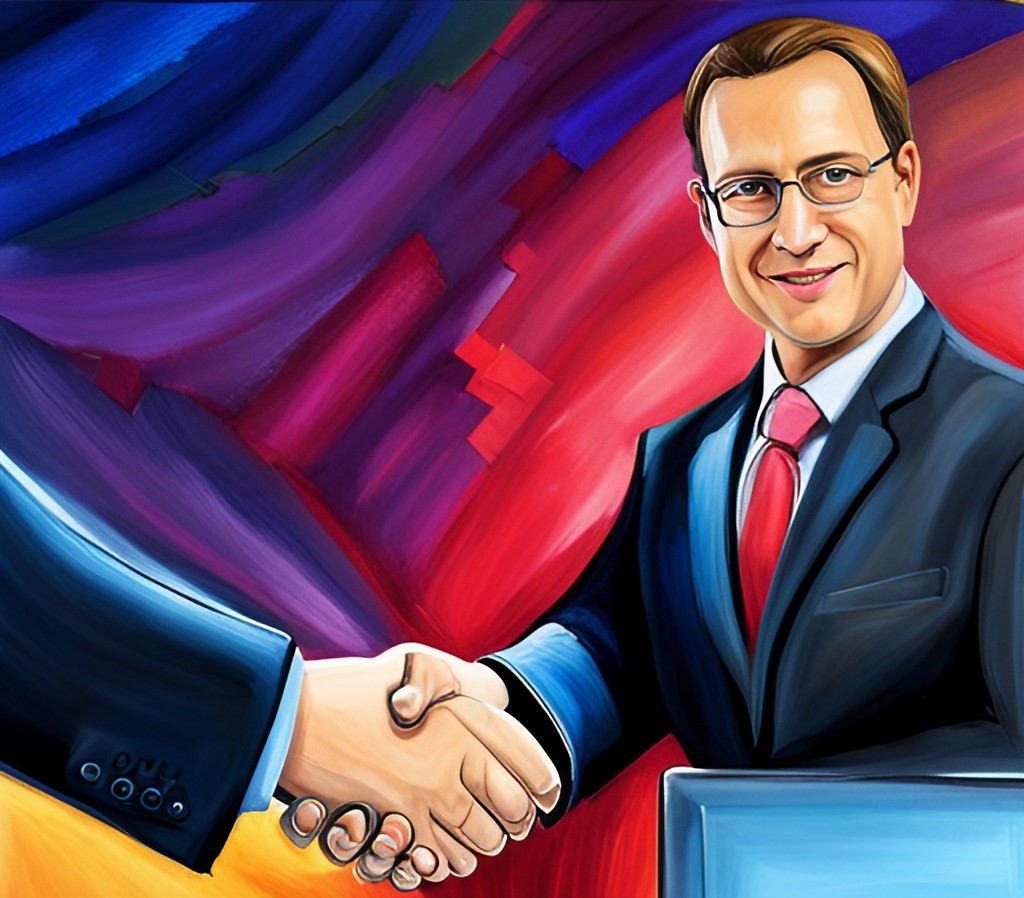As a technology professional crafting a proposal for a tech executive, it’s vital to avoid common pitfalls for success. To begin with, ensure your proposal is based on thorough research and analysis, demonstrating a clear understanding of the problem and solutions. A proposal lacking this may suggest a lack of dedication, frustrating the executive and hurting your credibility. Highlight key insights, anticipate challenges, and provide a clear roadmap to show the value and feasibility of your proposal.
Clarity and coherence are crucial.
Therefore, a poorly organized or confusing proposal hinders a tech executive understanding the solution and its impact, potentially delaying decisions. Proposals should be thorough, covering all aspects of the problem and considering challenges and limitations. An incomplete proposal can cause doubts about the solution’s effectiveness and the proposer’s competence.
Alignment with the company’s strategic goals is crucial.
A proposal that doesn’t reflect the company’s objectives may seem irrelevant, indicating a lack of business context understanding. So, lack of proper justification or evidence weakens the proposal’s credibility. Without solid data or reasoning, executives may doubt its feasibility. To prevent these problems, thorough research and analysis are vital. Ensure the proposal is data-driven, addresses potential hurdles, and aligns with the company’s strategy.
Crafting a clear, well-structured proposal that clearly conveys the solution and its impact is vital.
So, strong justification and evidence boost the proposal’s credibility, increasing confidence in the solution. Involving the tech exec in decisions and incorporating their feedback ensures the proposal meets expectations, addresses concerns, and fosters collaboration.
In summary, a well-researched technology proposal aligned with company strategy is crucial for gaining a tech executive’s trust. It shows a deep understanding of technology and business goals, essential in today’s competitive landscape. This approach avoids frustrations from misaligned objectives and demonstrates professionalism and dedication to the company’s mission.
Furthermore, by thoroughly researching your proposal and aligning it with strategic goals, you boost the chances of successful implementation, leading to more efficiency and innovation. Tech professionals should consider this approach, welcome stakeholder feedback, and collaborate with other departments to drive success. Through teamwork and a clear strategic vision, tech initiatives can gain the necessary support and resources to thrive.
Click here for a post on expectations of a technology exec (CIO).
You may also like:





